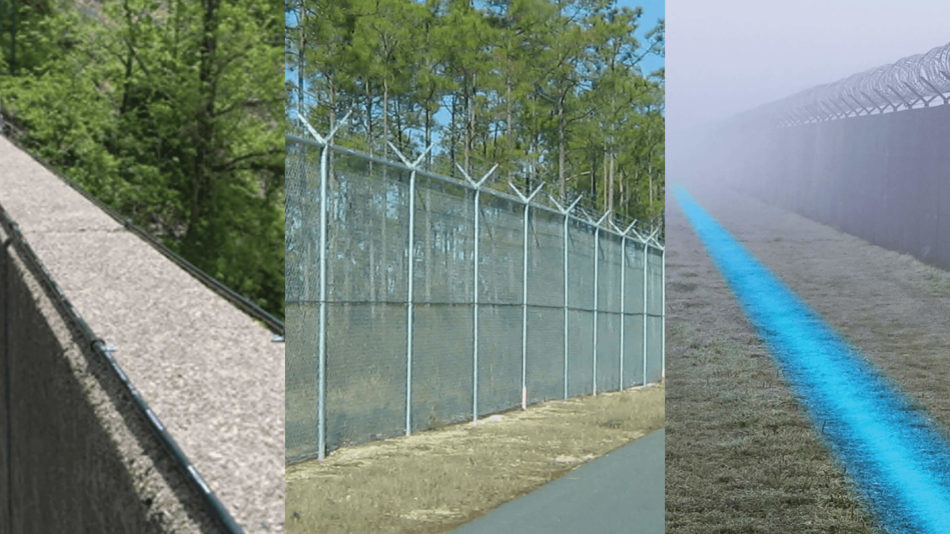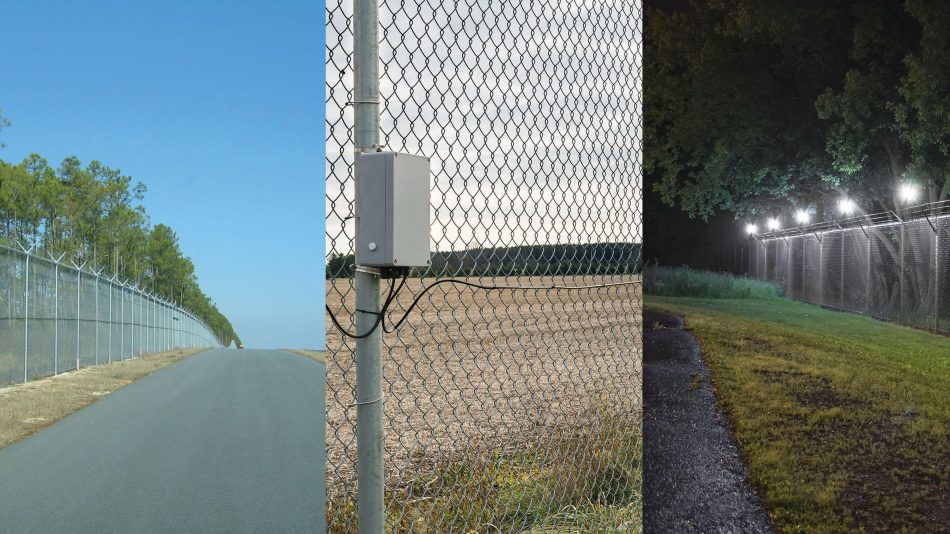The Role of Fiber Security in Boosting Your Cyber and On-Site Security Network
The Role of Fiber Security in Boosting Your Cyber and On-Site Security Network
Blog Article
Enhance Your Security With Advanced Fiber Optic Security Systems
In an era where safety is paramount, advanced fiber optic security systems provide an engaging solution for improving safety and security across different atmospheres. What implications do these advancements hold for future security steps?
Advantages of Fiber Optic Protection
Utilizing the advantages of fiber optic modern technology significantly enhances safety and security systems across numerous applications. Among the main advantages is the raised bandwidth capacity, enabling for the transmission of big quantities of information at broadband. This is especially critical for real-time video clip surveillance, where high-resolution feeds can be sent without latency, guaranteeing instant action capacities.
In addition, optical fiber display premium resistance to electro-magnetic interference, which is vital in environments with potential signal disruptions. This reliability guarantees regular performance in vital security procedures. In addition, fiber optic cables are much less vulnerable to touching and unauthorized gain access to compared to standard copper wiring, therefore improving information stability and privacy.
One more remarkable advantage is the durability of fiber optic systems; they are a lot more immune to ecological elements such as moisture, temperature level changes, and harsh substances. This strength equates to lower maintenance prices and longer life expectancies for protection setups.
Last but not least, the light-weight nature of fiber optic cords facilitates easier setup and directing, specifically in intricate infrastructures (fiber optic security system). Inevitably, the integration of fiber optic innovation right into protection systems not only reinforces security steps however additionally optimizes operational effectiveness
Trick Attributes to Consider
When assessing fiber optic safety systems, a number of essential functions need to be taken into consideration to make certain ideal performance and efficiency. Examine the system's detection range and sensitivity; a considerable variety enables for checking huge locations, while high sensitivity ensures that also small disturbances are found quickly.
Next, consider the combination capabilities of the system. A fiber optic security system need to perfectly interface with existing protection procedures such as video cameras and alarms, creating a natural safety and security network.
Sturdiness and environmental resistance are additionally vital features. Make sure that the system is developed to withstand extreme weather conditions and possible physical hazards, as this will certainly extend its operational life expectancy.

Lastly, explore the scalability of the system. A durable fiber optic safety and security system must be easily expanding to accommodate future requirements without significant overhauls. By carefully taking into consideration these functions, you can select a fiber optic security remedy that improves safety and protection in your setting.
Setup Refine Introduction
To effectively implement a fiber optic protection system, a methodical installation process is vital. This procedure begins with a thorough website analysis to figure out the specific safety and security demands and to identify optimum areas for fiber optic cords and protection gadgets. Following this assessment, the setup group will certainly develop an in-depth strategy, consisting of cable television paths, essential equipment, and compliance with neighborhood regulations.
Following, the installation involves laying the fiber optic cable televisions, ensuring they are secured from ecological factors and physical damage. Appropriate handling strategies are crucial, as fiber optic cable televisions are delicate and can be quickly harmed. After the cabling is mounted, adapters and terminations are carefully completed to guarantee signal stability.
The succeeding stage is composed of setting up safety gadgets such as video cameras, motion detectors, and alarm, all incorporated with the fiber optic network. Extensive screening is performed to verify that all parts are working fiber optics infrastructure for security installations appropriately and to make sure ideal performance.

Comparing Fiber Optic to Conventional Solutions
The development of safety and security innovation has resulted in significant developments in the contrast between fiber optic systems and typical copper-based systems. Fiber optic systems make use of light to transfer data, supplying premium transmission capacity and rate contrasted to their copper equivalents. This results in boosted information transmission capabilities, making optical fiber suitable for high-resolution video monitoring and real-time tracking.
Additionally, fiber optic cables are resistant to electro-magnetic interference, reducing the possibility of signal degradation brought on by external variables. This characteristic ensures regular efficiency, even in tough atmospheres. On the other hand, conventional copper systems are extra vulnerable to disturbance, resulting in possible vulnerabilities in protection applications.
Sturdiness is one more benefit of fiber optic systems. They are much less prone to harm from environmental elements such as dampness and temperature changes, which can compromise copper electrical wiring. Fiber optics are lighter and thinner, enabling for less complicated installment and decreased physical impact.
However, standard systems tend to have lower first costs, making them appealing for budget-conscious tasks. While fiber optic systems might require a greater upfront financial investment, their lasting benefits-- such as lower upkeep prices and better integrity-- often exceed the initial cost, positioning them as an exceptional selection for contemporary safety requirements.
Future Trends in Safety Modern Technology
Emerging patterns in safety modern technology are poised to transform the landscape of monitoring and danger discovery - fiber optic security system. As organizations significantly encounter sophisticated risks, advancements such as fabricated knowledge (AI) and machine knowing (ML) are coming to be important to safety systems. These technologies enhance the ability of fiber optic systems by allowing real-time data analysis, identifying anomalies, and automating reactions to potential violations
Furthermore, the combination of the Internet of Points (IoT) is changing safety frameworks. IoT devices can give detailed situational understanding and help with smooth interaction between various safety elements. This interconnectedness permits extra effective monitoring and faster case reaction times.
Biometric authentication is additionally acquiring energy, offering a higher degree of protection with distinct physical qualities. As this technology advances, it is likely to be included into fiber optic systems for enhanced accessibility control.
Final Thought
In verdict, progressed fiber optic safety and security systems represent a substantial advancement in security and security modern technology. The transition from traditional systems to fiber optic options mirrors a growing fad in the direction of more efficient and effective safety and security steps in a progressively intricate technical landscape.
Report this page